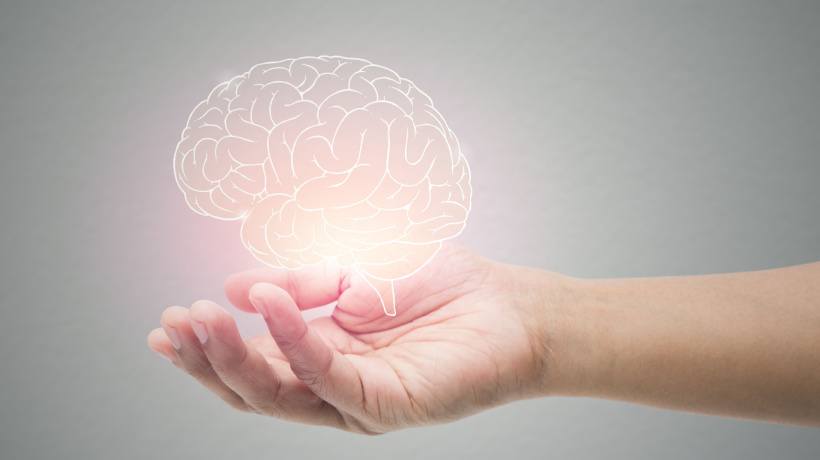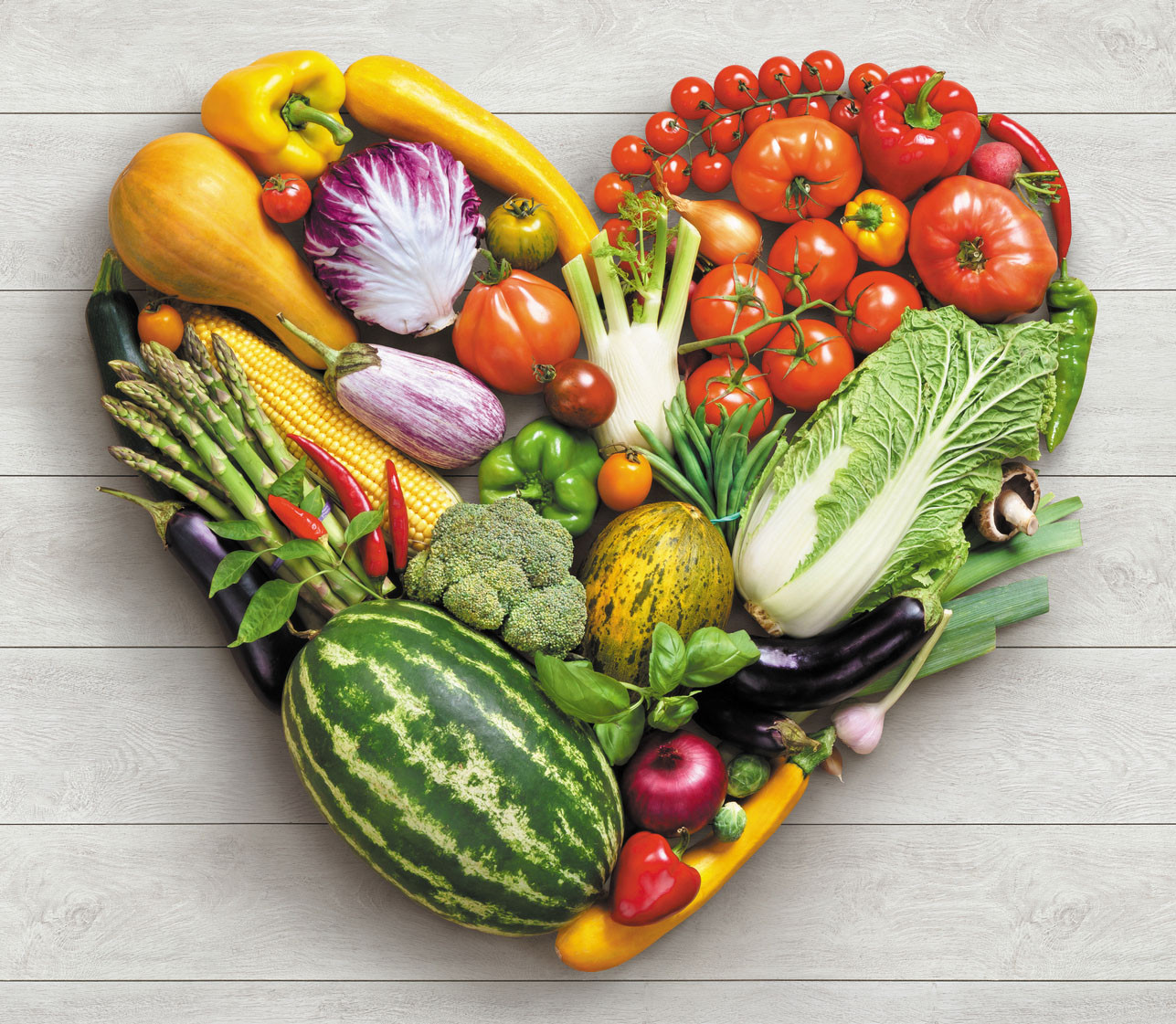Prevention: The Key to a Healthier and Safer Life
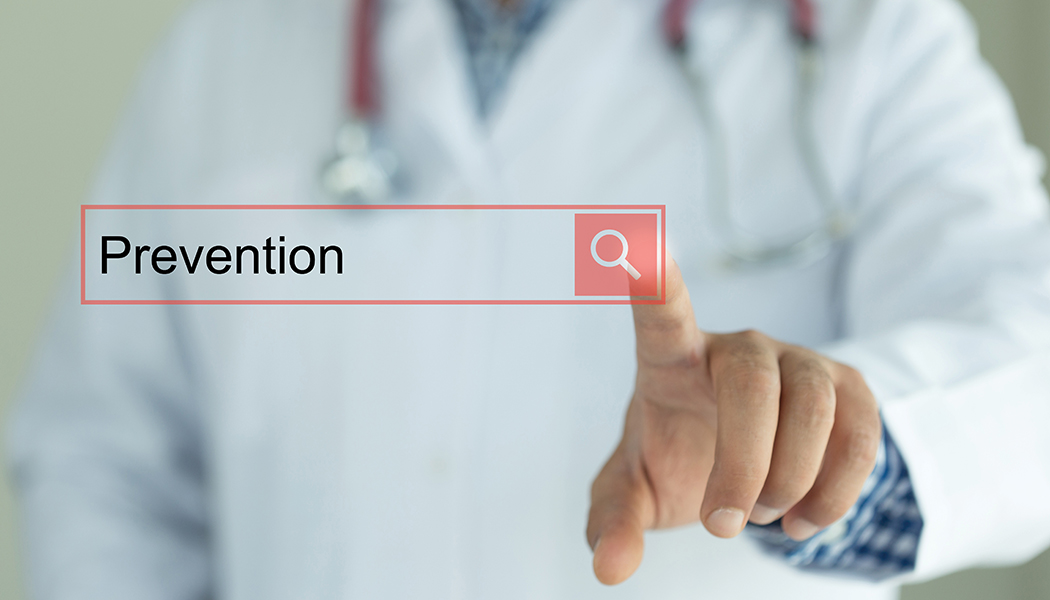
Prevention is one of the most important things we can do to stay healthy, safe, and happy. It means taking steps to stop problems before they happen. Whether it’s staying healthy, avoiding accidents, or protecting the environment, prevention helps us live better lives. In this article, we’ll explore why prevention matters, how it works, and what you can do to make it a part of your daily life Check Out Fitness Omni.
What Is Prevention?
Prevention is all about being proactive. Instead of waiting for something bad to happen, we take action to stop it. For example, brushing your teeth every day prevents cavities, and wearing a seatbelt prevents injuries in car accidents. Prevention can apply to many areas of life, including health, safety, and even the environment.
The idea of prevention is simple: it’s easier to stop a problem before it starts than to fix it later. Think of it like building a strong fence to keep a garden safe from animals. If the fence is strong, the animals won’t get in, and the garden will stay healthy.
Why Is Prevention Important?
Prevention is important because it saves time, money, and effort. When we prevent problems, we avoid the stress and cost of dealing with them later. For example, eating healthy foods and exercising regularly can prevent diseases like diabetes and heart problems. This means fewer doctor visits, less medicine, and more time to enjoy life.
Prevention also helps keep communities safe. For instance, teaching kids about fire safety can prevent fires at home or school. Similarly, getting vaccinated prevents the spread of dangerous diseases like measles or the flu. When everyone works together to prevent problems, the whole community benefits.
How Does Prevention Work?
Prevention works in three main ways: primary, secondary, and tertiary. Let’s break these down so they’re easy to understand.
Primary Prevention
Primary prevention is about stopping problems before they even start. This is the most effective type of prevention because it avoids the problem completely. Examples include:
- Eating healthy foods to avoid getting sick.
- Wearing sunscreen to prevent sunburn and skin cancer.
- Learning about road safety to avoid accidents.
Primary prevention is like building that strong fence around the garden. It keeps the problem out from the beginning.
Secondary Prevention
Secondary prevention is about finding and fixing problems early. This type of prevention is important because it stops small issues from becoming big ones. Examples include:
- Going to the doctor for regular check-ups to catch health problems early.
- Fixing a small leak in the roof before it causes major damage.
- Practicing fire drills at school to prepare for emergencies.
Secondary prevention is like noticing a small hole in the fence and fixing it right away before animals get in.
Tertiary Prevention
Tertiary prevention is about managing problems that have already happened. The goal is to prevent them from getting worse or causing more harm. Examples include:
- Taking medicine to control a chronic illness like asthma.
- Going to physical therapy after an injury to recover faster.
- Recycling to reduce the impact of waste on the environment.
Tertiary prevention is like repairing the garden after animals have gotten in, so it can grow healthy again.
How Can You Practice Prevention?
Practicing prevention is easier than you might think. Here are some simple steps you can take every day:
Stay Healthy
One of the best ways to practice prevention is to take care of your body. Eat plenty of fruits, vegetables, and whole grains. Drink lots of water and get enough sleep. Exercise regularly to keep your body strong. These habits can prevent many health problems and help you feel great.
Be Safe
Safety is another important part of prevention. Always wear a seatbelt in the car, and wear a helmet when riding a bike. Follow safety rules at home, like not playing with matches or sharp objects. Being careful can prevent accidents and injuries.
Protect the Environment
Prevention isn’t just about people—it’s also about the planet. You can help prevent pollution by recycling, using less plastic, and saving water. Planting trees and picking up litter are also great ways to protect the environment.
Learn and Share
Knowledge is a powerful tool for prevention. Learn about ways to stay healthy and safe, and share what you know with others. For example, teach your friends how to wash their hands properly to prevent germs from spreading. The more people know about prevention, the better off we’ll all be.
Conclusion
Prevention is a simple but powerful idea. By taking small steps to stop problems before they happen, we can live healthier, safer, and happier lives. Whether it’s eating well, staying safe, or protecting the environment, prevention is something everyone can do. Remember, it’s always better to build a strong fence than to repair a broken garden. So start practicing prevention today—it’s the best way to take care of yourself and the world around you.
By focusing on prevention, we can create a brighter future for ourselves and others. Let’s make prevention a priority and enjoy the benefits it brings!

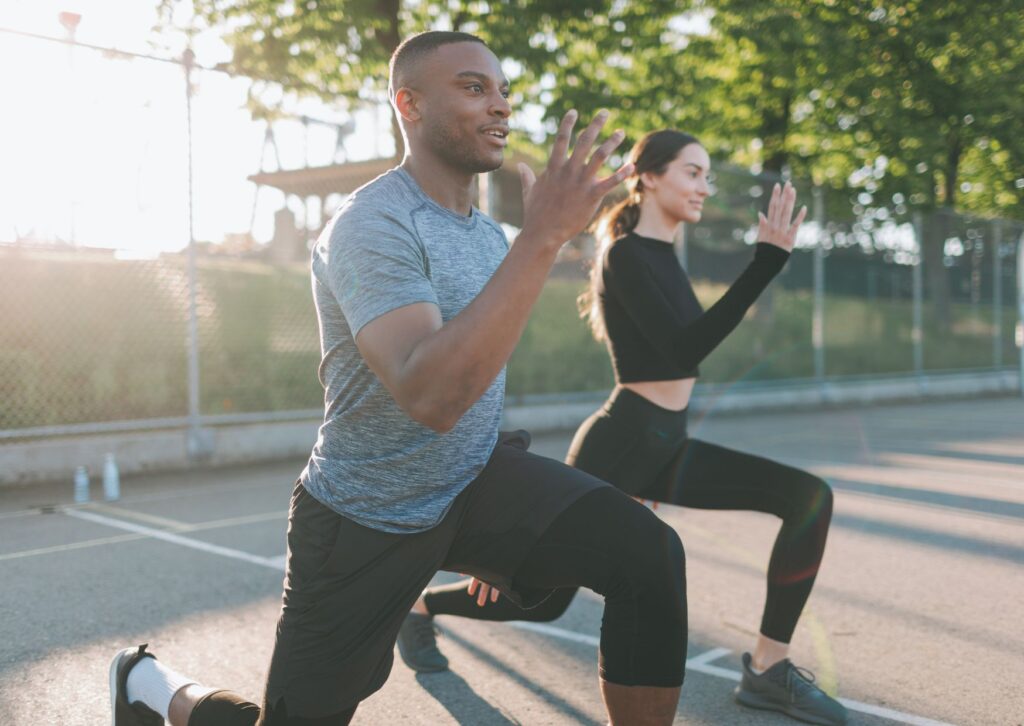
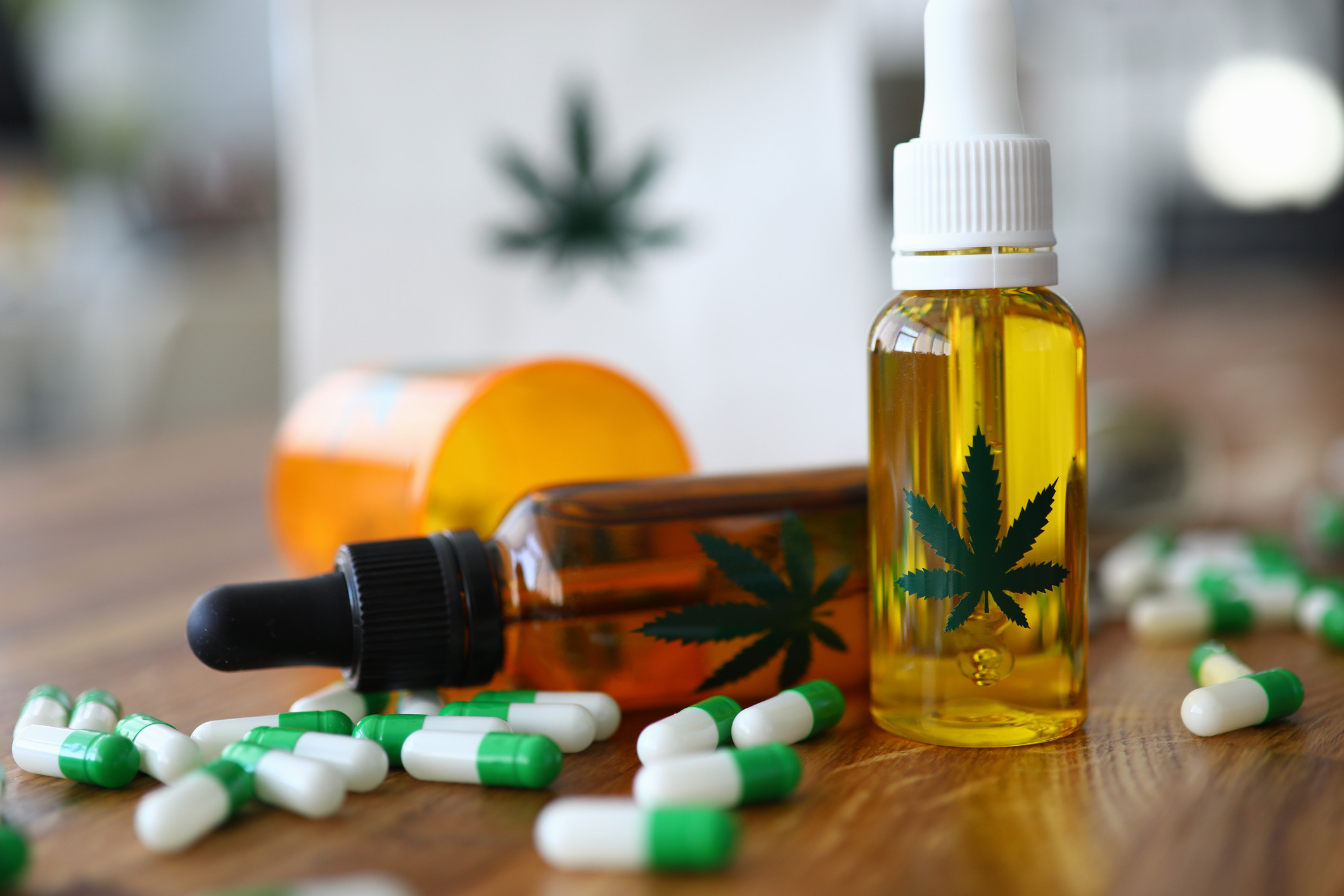
:max_bytes(150000):strip_icc()/iStock-545646362-58e3f5b05f9b58ef7e137d92.jpg)
